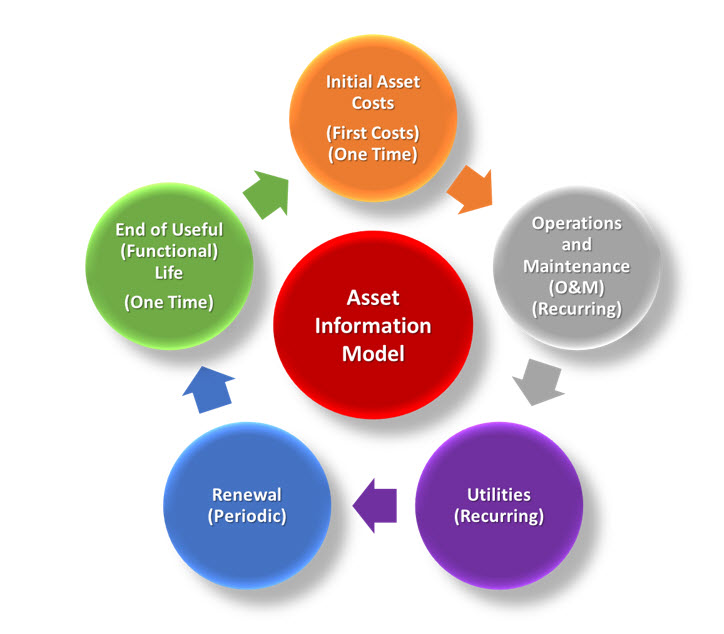Total Cost of Ownership for Facilities Asset Management (TCO) – Part 1: Key Principles

Definition of APPA Total Cost of Ownership
A holistic approach to maximizing return on investment of managed physical assets that includes the summation of all known and estimated costs to include first, recurring, renewal / replacement, and end-of-useful life costs revised at critical decision points to aid in life-cycle asset management decisions.
What is total cost of ownership?
In the current environment, facilities assets are often managed independently within many organizations, with little transparency between them. Working independently of one another within an organization, those responsible for the financial management and those responsible for the care of those assets (design, construction, space, operations and maintenance, and capital) may share little or no data and information between them. This ineffective method creates “silos” where the re-collection of vital information and data is sub-optimized within their silo creating multiple versions of data that may not be current and are not regularly coordinated. The use of TCO principles will foster the collection and sharing of data and information among all organizations and improve the financial performance of the portfolio and management of the built asset to create significant cost efficiencies.
A summary of key elements identified in the principles to consider (click on the highlighted word to see the mission, vision, purpose and when used):
- Managed Assets shall be applicable to land parcels, facilities, structures, infrastructure and equipment;
- A detailed Asset Inventory shall be maintained;
- All fixed assets shall be located using a Global Location Hierarchy using a global unique identifier;
- All assets shall be organized using an Asset Classification standard;
- Asset Costing shall use the standard TCO framework;
- A continuous process of Asset Inspection shall be initiated as part of normal business;
- Asset Performance is a key metric that shall be assessed as a baseline, and again during normal operation to ensure optimum efficiency;
- Asset Decisions shall be made based on a Strategic Asset Management Plan;
- Asset Annual Funding shall be projected for near and long term and updated annually;
- An Asset Comprehensive Plan shall be developed for each asset;
- Asset Information Sharing shall be implemented to ensure data collection is minimized and to ensure everyone is working from the same data for decision making;
- Comprehensive and continuous Asset Reporting shall be implemented to convey key information about all assets throughout the organization to support planning and decision making;
- Accurate information founded on good Data Management and Verification strategies shall be implemented organizationally.

To purchase a copy of APPA TCO Part 1 go to the APPA Bookstore.
For more information about APPA TCO contact Ana Thiemer, or Dana “Deke” Smith.
 Create an Account
Create an Account
 Login/myAPPA
Login/myAPPA
 Bookstore
Bookstore
 Search
Search  Translate
Translate